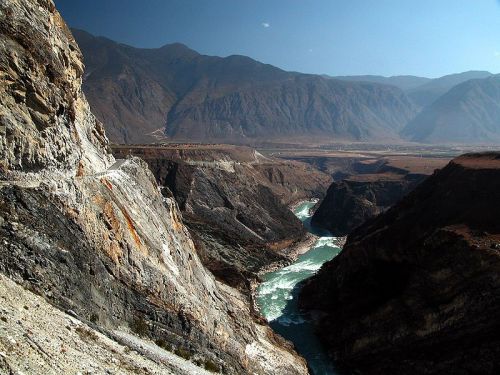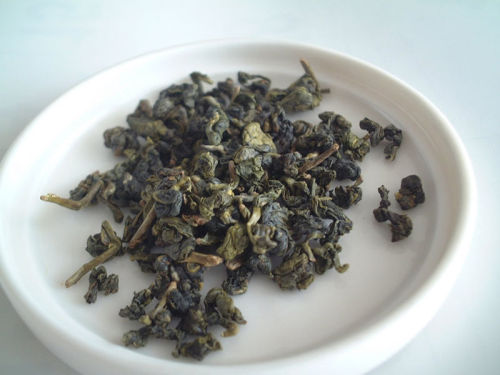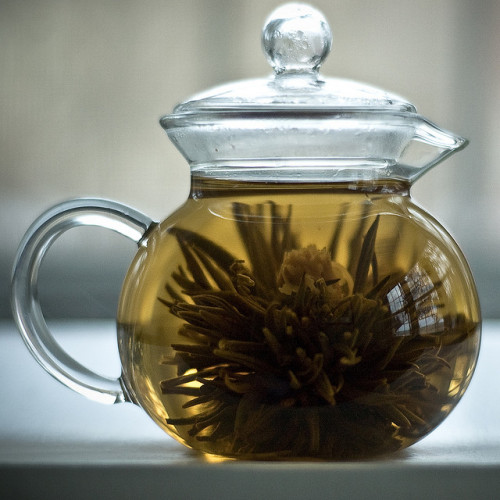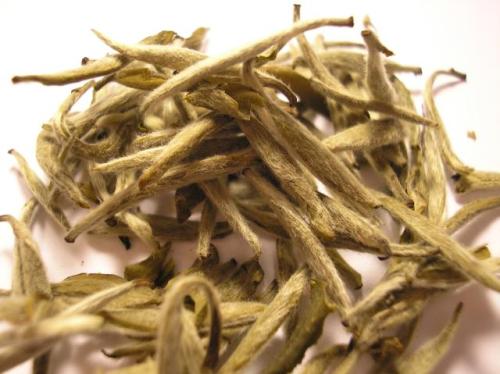Talking About Chinese Tea: The main types of tea in China
What does tea mean to Chinese people? Here is a proverb about it:
Qiānqiū dàyè yìhú chá.
“千秋大业一壶茶。”
A great cause for a thousand year is all in a pot of tea.

There’s a Chinese story about how tea originated.
5000 years ago, the legendary Emperor Shennong tried to reduce levels of disease. So, he decreed that all water should be boiled before drinking.
His servants obviously complied with the new law. Before serving water to the emperor or his court, they would boil the water in a pot.
Then one day, leaves fortuitously fell into the boiling water, and a brown substance infused in. The Emperor tried the liquid and found it refreshing.
And the process of tea making and drinking has been evolving ever since.
This story is probably just that – a story.
However, tea was and is a massive part of Chinese culture: The country produced 1,926,000 tons of the stuff in 2013 alone!
So, I thought it would be fun to learn about some of the types of Chinese tea.
And at the end of the post, there’s a vocab list – so you can learn how to describe your favorite brew!

Green Tea
绿茶 Lǜchá
Up to the mid-17th century, all Chinese tea was Green tea. This is a very simple drink – just tea leaves that have been heated in a pan.
Because of the simplicity, Green tea seems to keep a high level of antioxidants and polyphenols (whatever they are!).
This means that Green Tea is often thought of as being good for one’s health:
- In traditional Chinese medicine, it’s used to regulate the body’s temperature.
- In the West, people have claimed that the drink can fight obesity, lower cholesterol, and cure cancer, among other things.
The evidence for these claims is dubious.
However that doesn’t mean the drink isn’t refreshing, and a great way to relax. So in that way, it is good for you!

Chinese Black Tea
红茶 hóngchá
Be careful – Black tea in Chinese (and other Asian languages) does not mean the same thing as Black tea in English. In fact, the Chinese call English Black tea “Red tea”.
There’s a simple reason for the confusion: In the West, name is decided by the color of the leaves. In Asia, it’s decided by the color of the liquid.
In Chinese, Black tea means that the leaves have been fermented. (This process is also known as oxidization). Here’s why leaves were first fermented…
From the beginning of the 17th century, China started selling tea to countries like Russia. Almost 6000 camels set off on this 11000-mile journey each year.
When you’re spending up to a year and a half moving tea, there’s a risk that it could lose its flavor. Merchants realized that fermentation would stop this from happening so quickly, so started treating their tea before leaving China.
Now of course, fermentation is carried out for taste more than storage.
The most famous fermented tea is now Pu-erh, produced in Yunnan Province (pictured above).

Oolong
乌龙茶 wūlóngchá
Literally meaning ‘black dragon’, Oolong tea has a fruity or nutty flavor.
It’s made by allowing the tea leaves to wither in the sun. (You can see this withering in the picture above). The leaves are then put in baskets in shaken to bruise the edges before being allowed to dry in the air. During this time, the leaves will ferment slightly.
Oolong is great on its own, however it’s often blended with jasmine to make (funnily enough!) Jasmine tea.

Flowering tea
Flowering tea is a really cool idea – and looks beautiful. It generally comes from Yunnan Province.
Instead of loose leaves, you put a bundle in the boiling water. The bundle is made of dried tea leaves, wrapped around a dried flower.
After a few seconds of being in the boiling water, the bundle expands. This expansion makes the bundle unfurl. This reveals the flower inside – in a process that looks like the flower’s blooming.
Flowers commonly used include chrysanthemum, jasmine and lily.

White tea
白茶 báichá
White tea is the most delicate of all teas. Its flavor is mild and sweet.
To make it, you have to pick unopened leaf buds. This is where White tea gets its name from: The buds have small white hairs. (If you look closely at the picture below, you should be able to see these).
This is an expensive tea as both the picking and processing have to be done very precisely.
But the drink gets even more expensive when you buy the “Silver Needle” variety from Fujian Province. This not only needs the leaves to be unopened, but also to be from the top of the plant. Picky!

Butter tea
酥油茶 sūyóuchá
The last tea on this list isn’t ‘Chinese’ in the way that the rest of them are. Instead, Butter tea comes from Tibet (and also Bhutan).
As well as water and tea leaves, it’s made from yak butter and salt. The butter provides the energy that is needed at such high altitudes. It also prevents lips from getting chapped in the cold.
These benefits mean that Tibetan nomads are said to drink up to 40 cups a day.
In Tibetan tradition, Butter tea is drunk in separate sips. After each sip, the host refills the bowl to the brim. Therefore the guest never drains his bowl until he is about to leave.
Butter tea is made by mixing tea leaves or concentrate with the salt and the butter and churning vigorously.
Conclusion
I hope you found this post interesting and learnt a bit about the different types of tea commonly drunk in China. Here is an overview of China’s geography. In case you want to talk about what you learned, I’ve put in a vocab list below.
Enjoy!
- 绿茶 / lǜchá / green tea
- 红茶 / Hóngchá/ Chinese black tea
- 普洱茶 / Pǔ’ěr chá / Pu-erh tea
- 红茶 / hóngchá / Western black tea
- 乌龙茶 / wūlóngchá / Oolong tea
- 花茶 / huāchá / flowering tea
- 白茶 / báichá / white tea
- 酥油茶 / sūyóuchá / butter tea
Register to Book A Free Chinese Class for Your Child
Photo credits:
- Green Tea: Verylikerice at the English language Wikipedia
- Black Tea: The Yangtze River in Yunnan Province. By Peter Morgan from Beijing, China (Flickr)
- Oolong: By Shizhao
- Flowering Tea: By Heather Katsoulis
- White Tea: By Iateasquirrel at the English language Wikipedia
- Butter Tea: The Potala Palace, Tibet. By Coolmanjackey (Own work)
Copyright Notice: Everyone is welcome to forward the articles in this blog as long as the links to these articles are also included.

